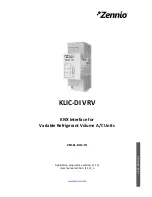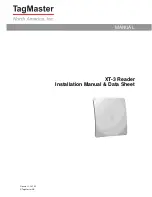
Chapter 11 Coiling, Taping and Zigzag Embroidery
BECS-D19 User’s Manual
123
The mechanical part of M axis can be divided to two types. One is with clutch device,
whose action is controlled by electric valve or by hand. Its advantage is that only the M axis of
the patching embroidery heads is moving and non-patching embroidery heads stay still. This
will enhance the quality and efficiency of applique. The other type is without clutch device.
Both of the two types are driven by servomotor and the origin of M axis is positioned by
proximity switch.
2. E Axis
According to the difference in motor and the need of proximity switch for positioning the
origin, E axis devices can be divided to the following types:
(1) Driven by stepping motor separately, without proximity switch;
(2) Driven by stepping motor collectively, with proximity switch;
(3) Driven by stepping motor collectively, without proximity switch;
(4) Driven by servo drive, with proximity switch.
3. Presser Foot Axis
The working progress of the special embroidery presser foot is shown at below: (The
presser foot working height is the distance of the foot’s movement at every stitch. The presser
foot rising height is the foot’s moving distance from the bottom to the upper point at
non-embroidery mode, also called the presser foot height limit.)
According to the difference in motor and transmission mechanism, as well as the need of
proximity switch for positioning origin, the presser foot axis can be divided to the following
types:
(1) Manual lift of presser foot
In this mode, the presser foot working height relies on the rotation of the cam and the
presser foot is raised to the limited height by hand.
(2) Transmitted by 2-phase stepping motor separately, without holding force and
proximity switch
It uses a small 2-phase stepping motor for driving every special embroidery head and
controlling its working height and limited height. There is no holding force when the presser
foot stays at the upper point or bottom point at power-off. No proximity switch is needed for
positioning. As default setting, the controller sets the foot at the bottom position when user
















































